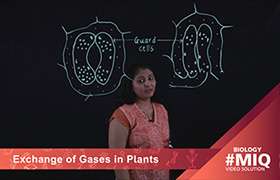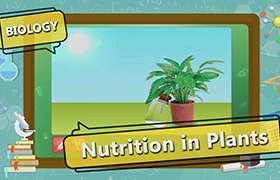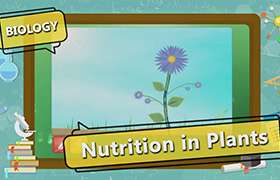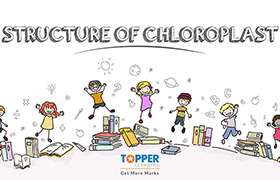CBSE Class 10 Answered
Dear mkvinvestments6@gmail.com
Thanks for asking us a question in Ask the Expert section of TopperLearning.com.
Answer to one of your questions is given below:
Activity 6.1- Iodine Test
This activity demonstrates that chlorophyll is essential for the process of photosynthesis.
Step 1: Take a potted plant with variegated leaves – for example, money plant or croton.
- A variegated leaf is used in the experiment because some part of the leaf is green in colour while some part is non-green. The green part of the leaf is green due to the presence of chlorophyll and can perform photosynthesis. The non-green part does not have chlorophyll and hence, it will not perform photosynthesis.
Step 2: Keep the plant in a dark room for three days so that all the starch gets used up.
- The plant is then kept in the dark for 2-3 days so that all the stored food in the form of starch gets used up. There is no photosynthesis in the absence of light and hence, no further food formation occurs.
Step 3: Now keep the plant in sunlight for about six hours.
- The plant is then placed in sunlight for 6 hours to allow photosynthesis to occur. Carbohydrate formation occurs due to photosynthesis only in the green parts of the leaves.
Step 4: Pluck a leaf from the plant. Mark the green areas in it and trace them on a sheet of paper.
- The leaf containing starch is plucked and marked for green areas which will help us to compare the results obtained further with the iodine test.
Step 5: Dip the leaf in boiling water for few minutes. After this, immerse it in a beaker containing alcohol. Carefully place the above beaker in a water-bath and heat till the alcohol begins to boil.
- The leaf is treated with alcohol so that the leaf loses its green colour due to the chlorophyll pigment and takes up the blue black colour after treatment with iodine.
Step 6: Now dip the leaf in a dilute solution of iodine for a few minutes. Take out the leaf and rinse off the iodine solution. Observe the colour of the leaf and compare this with the tracing of the leaf done in the beginning. What can you conclude about the presence of starch in various areas of the leaf?
- The green parts of the variegated leaf contain chlorophyll. Therefore, only these parts could photosynthesise and manufacture food (starch). In the presence of iodine, starch reacted with iodine to give a blue-black colour. This colour development indicates the presence of starch in the leaf and thus, demonstrates that chlorophyll is essential for the process of photosynthesis.
In case of multiple questions within a query, please post each question individually and let us know where you are getting stuck so that we would be able to explain things better.
Regards
Topperlearning Team.









